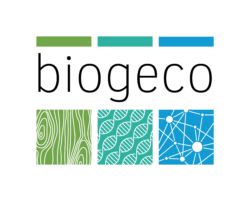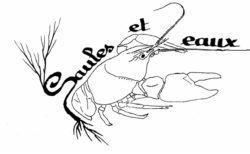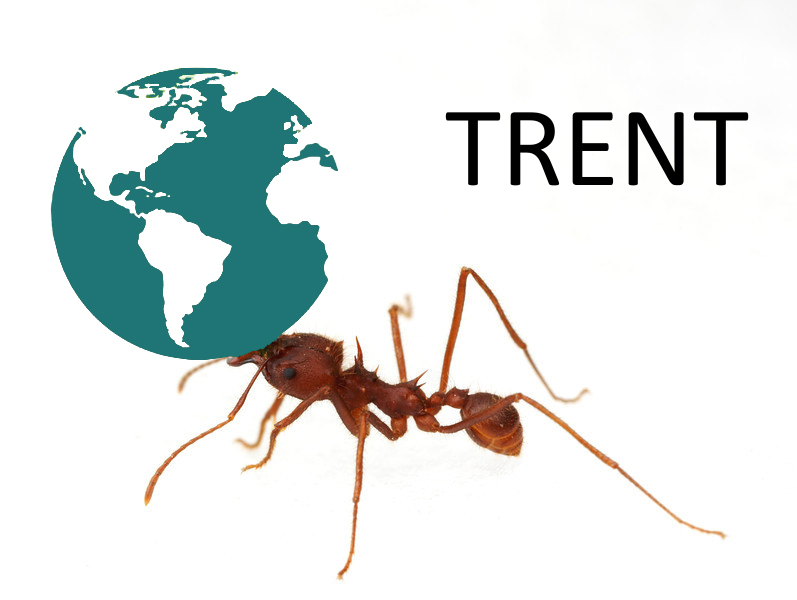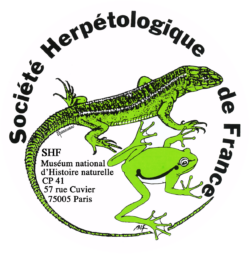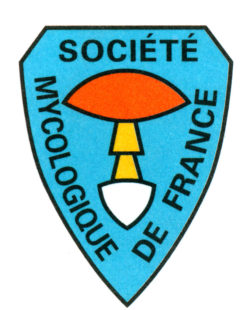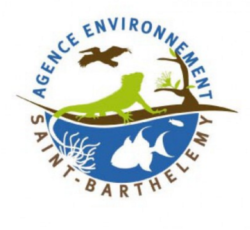Références bibliographiques relatives au groupe des arachnides
Pour trouver un mot, tapez celui-ci dans la barre de recherche de votre navigateur
Bednarski, J., & al. 2009. Competitive interactions between a native spider (Frontinella communis, Araneae: Linyphiidae) and an invasive spider (Linyphia triangularis, Araneae: Linyphiidae). Biological Invasions 12(4): 905-912. Lire
Boubou, A.,& al. 2010. Recent emergence and worldwide spread of the red tomato spider mite, Tetranychus evansi: genetic variation and multiple cryptic invasions. Biological Invasions 13(1): 81-92. Lire
Florencio, M., & al. 2016. The role of plant fidelity and land-use changes on island exotic and indigenous canopy spiders at local and regional scales. Biological Invasions 18(8): 2309-2324. Lire
Gruner, D. S. 2005. Biotic resistance to an invasive spider conferred by generalist insectivorous birds on Hawai’i Island. Biological Invasions 7(3): 541-546. Lire
McCarren, K. L. & Scott, J. K. 2013. Host range and potential distribution of Aceria thalgi (Acari: Eriophyidae): a biological control agent for Sonchus species. Australian Journal of Entomology 52(4): 393-402. Lire
Navajas, M., Migeon, et al. 2010. Mites and ticks (Acari). BioRisk 4 149-192. Lire
Nentwig, W. 2015. Introduction, establishment rate, pathways and impact of spiders alien to Europe. Biological Invasions 17(9): 2757-2778. Lire
Nentwig, W., Kobelt, M. 2010. Spiders (Araneae). BioRisk 4(1): 131-147. Lire
Spencer, J., & al. 2017. Synergy between two invasive species, redback spiders and rabbits, threaten the endangered Cromwell chafer beetle. Biological Invasions 19(5): 1379-1387. Lire

















